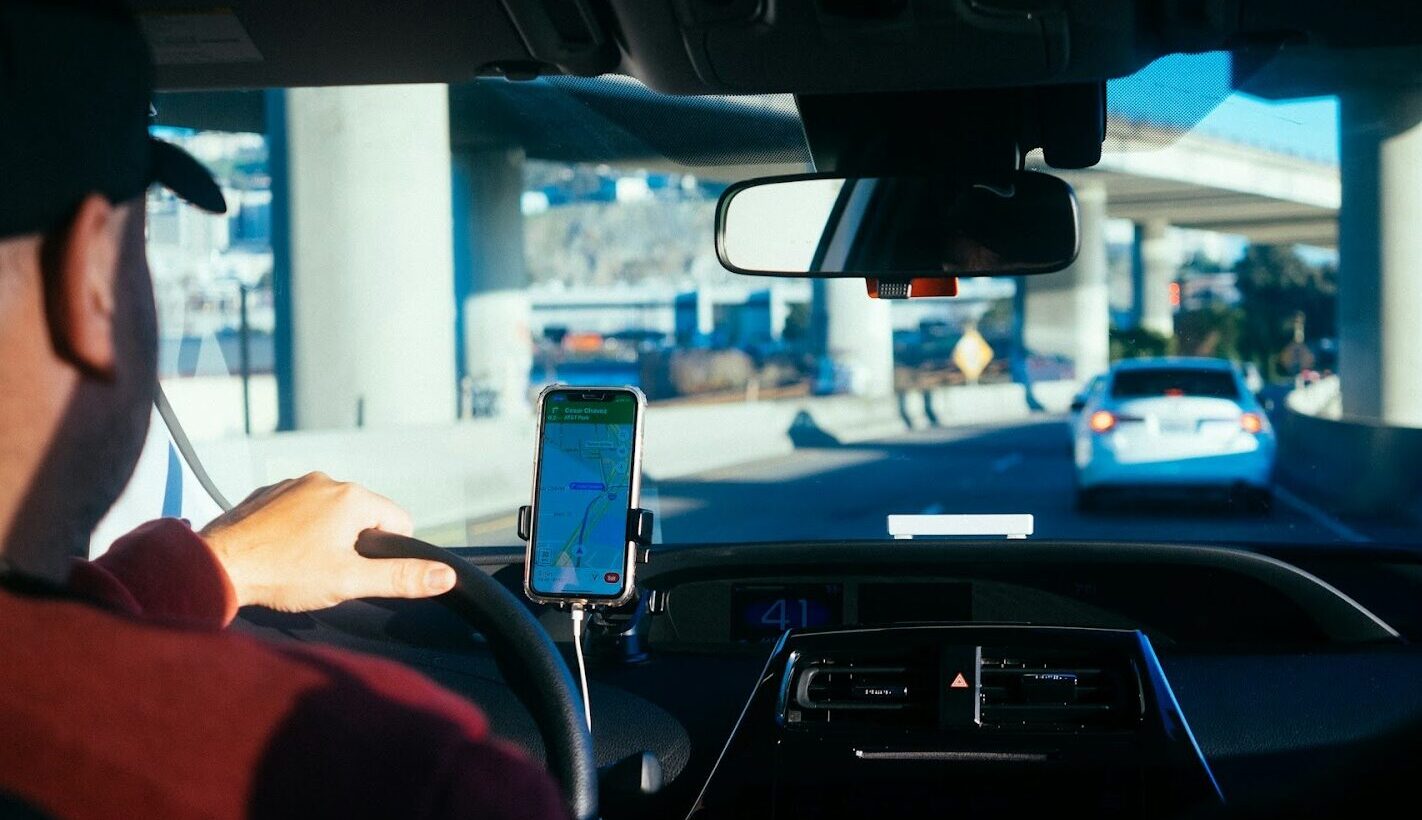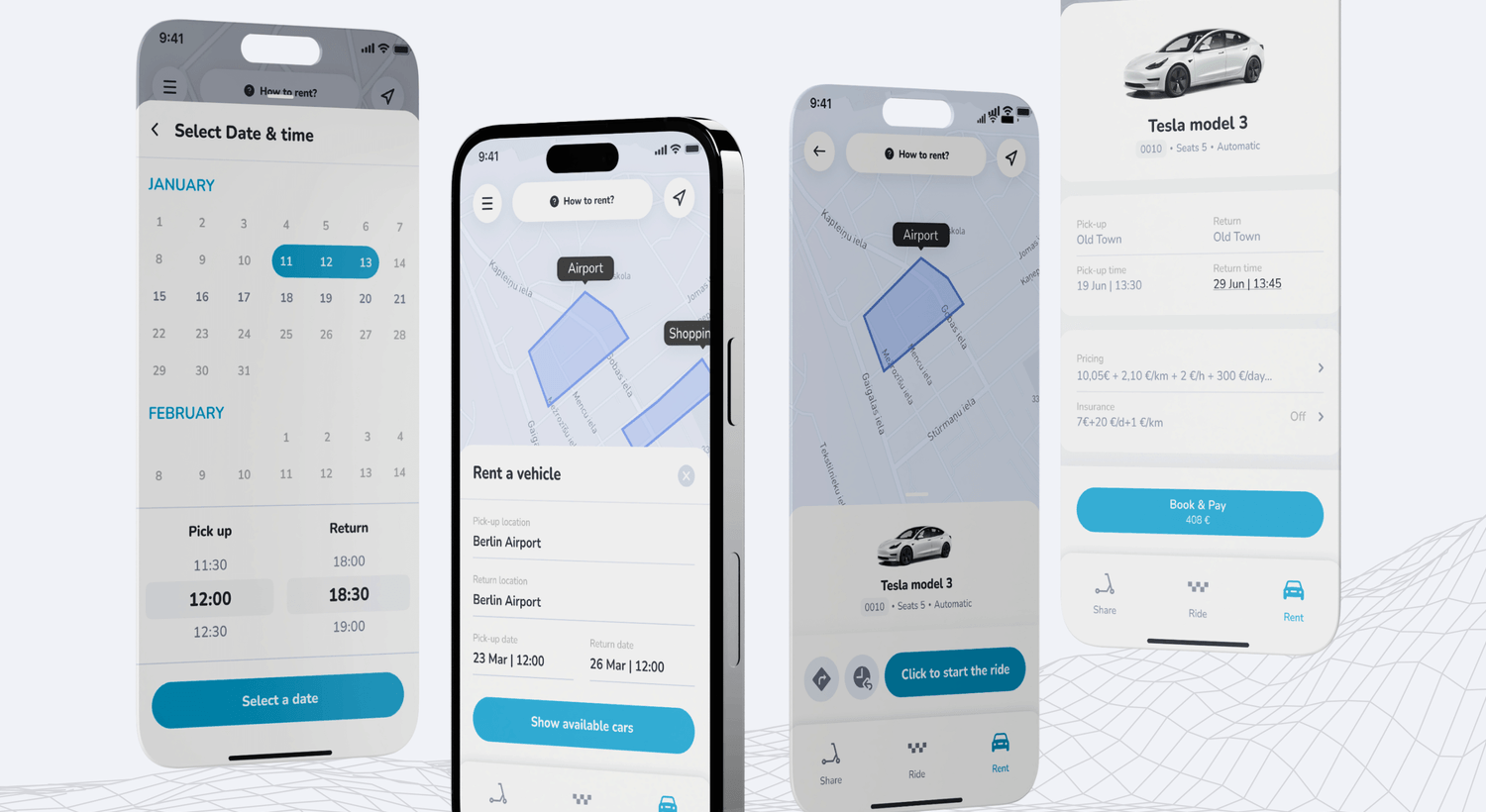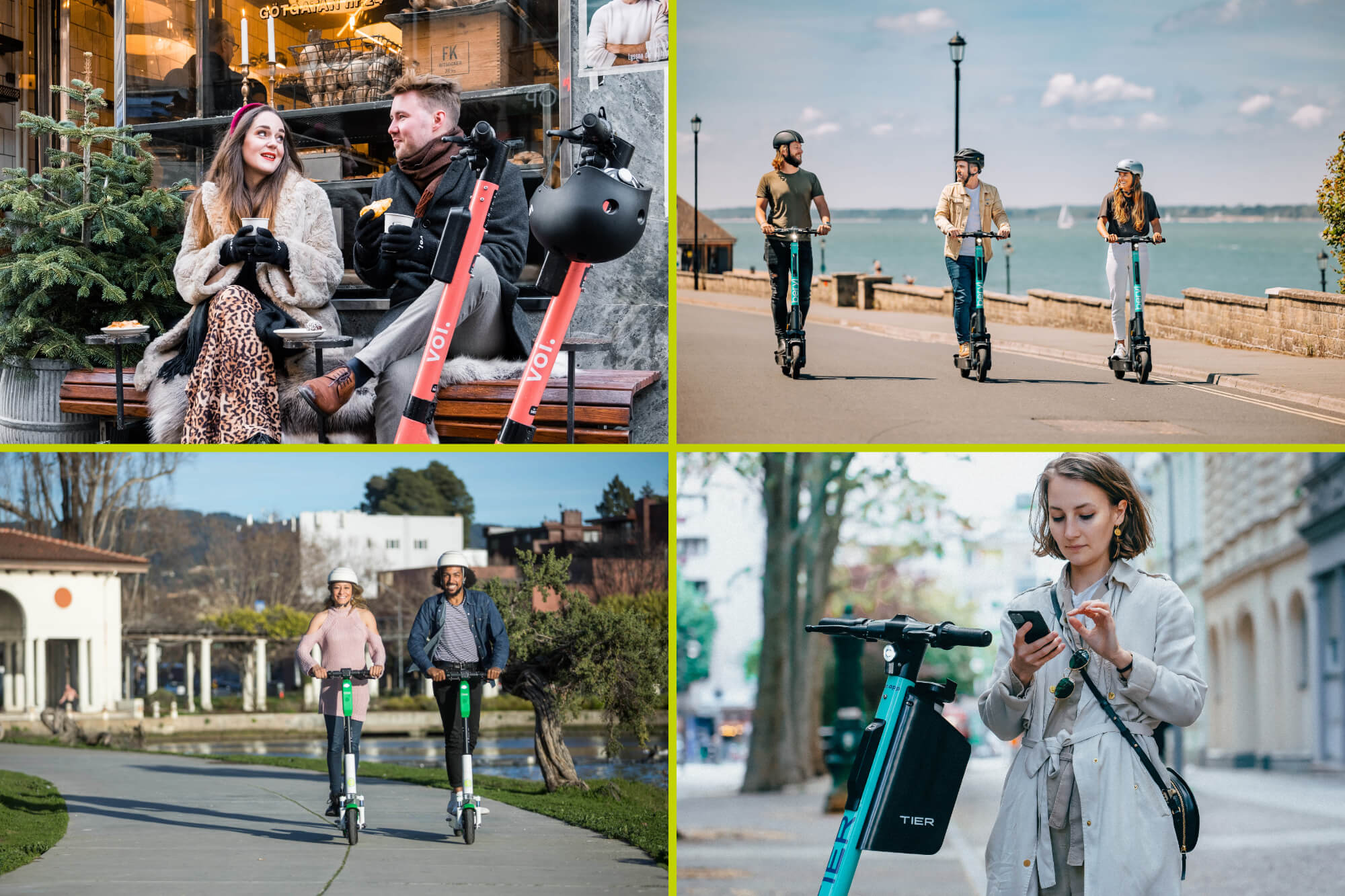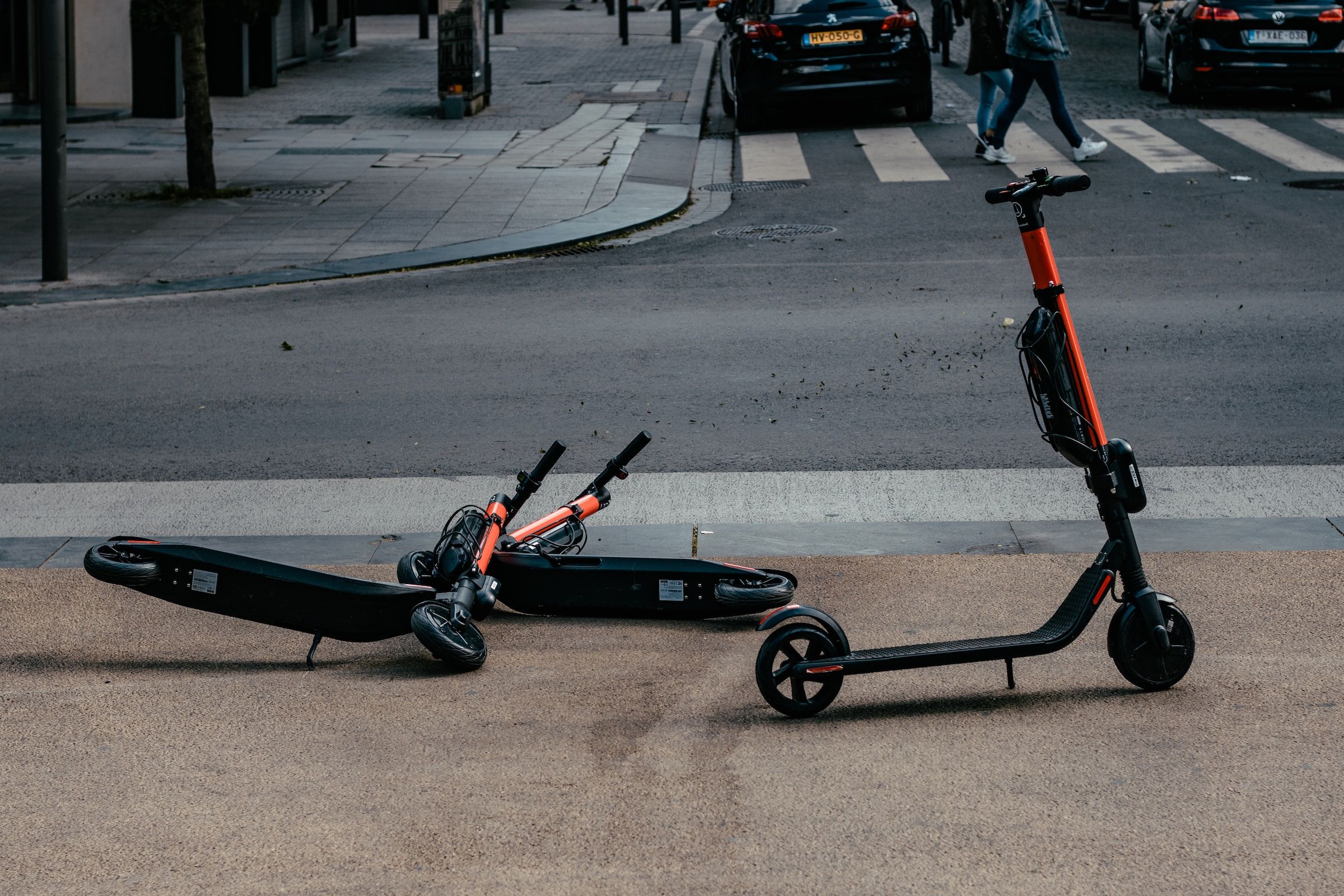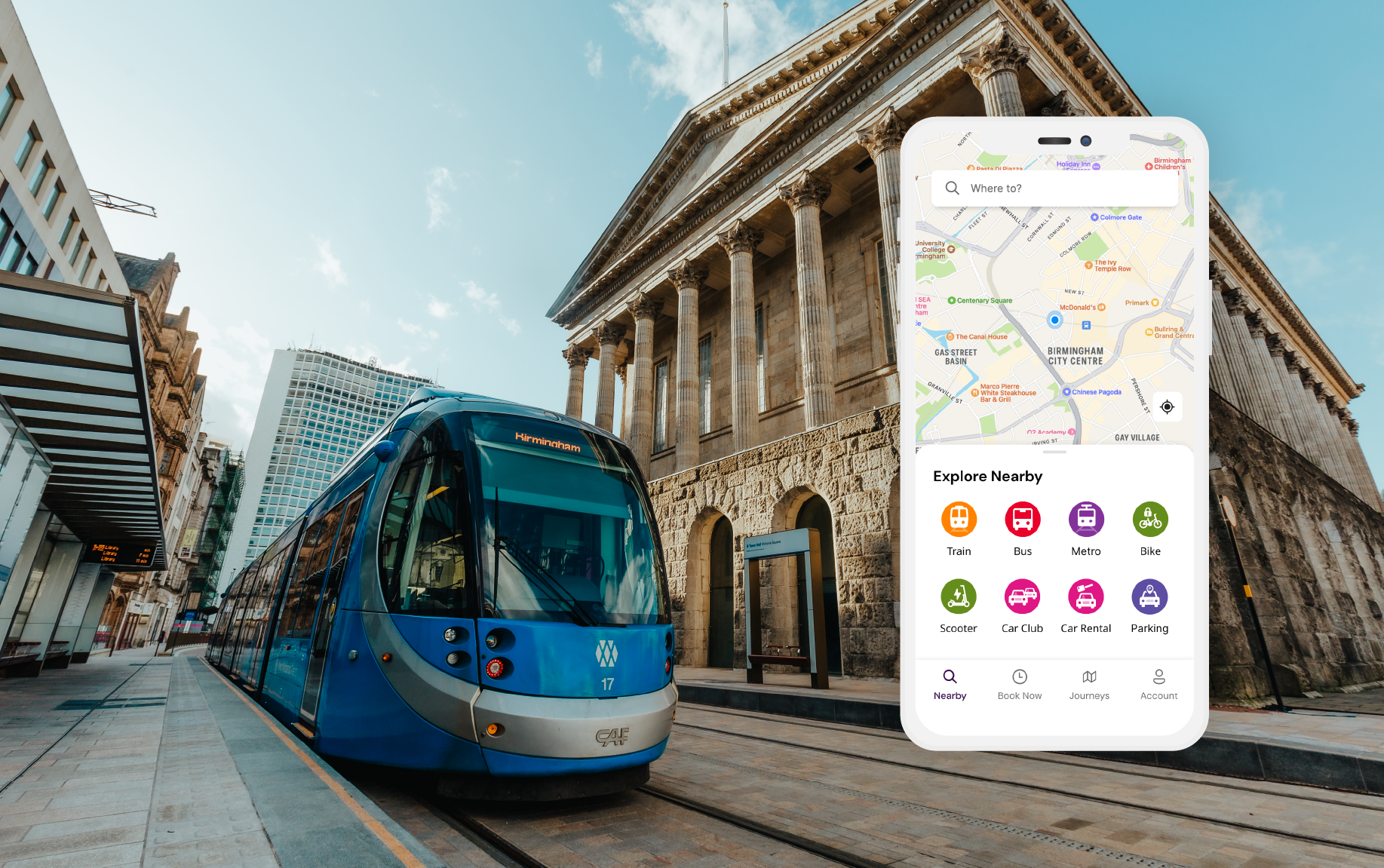The 7 Benefits of Launching a Shared Mobility Business in a Small Town
Whether we’re talking car sharing, mopeds, or scooters, shared mobility is usually associated with large, buzzing cities. More potential customers, longer distances to travel, and higher demand for transportation services – these often seem like key business factors for aspiring mobility entrepreneurs.

But large cities present hurdles, too. From intense competition to higher operating expenses, establishing yourself in a major urban center is a costly uphill battle that’s becoming more difficult by the day.
In response, mobility entrepreneurs are increasingly eyeing small towns for their operations.
Launching a shared mobility business in a small town comes with a distinct set of advantages that may be particularly suited for those taking their first steps in the industry. While industry veterans are also exploring opportunities to expand their operations beyond the big cities, smaller towns might not meet their desired level of profitability and hence are typically overlooked.
In what follows, we’ll detail seven important benefits of launching a shared mobility business in a small town and take a quick look at what such an operation could look like.
7 Reasons to Launch a Shared Mobility Business in a Small Town
Unless you’re working with massive capital and are willing to go to war with several other operators, a small town can be the perfect place to begin your shared mobility business journey. Especially if you yourself come from that or a nearby town.
1. Meet Real Needs
One of the most significant advantages of operating in a small town is the ability to meet genuine transportation needs. Local entrepreneurs, themselves part of the community, possess an intimate understanding of the unique requirements and behaviors of their fellow residents.
Accordingly, it can be very rewarding both financially and socially to provide a mobility solution that tackles specific issues, and no large competition can do it as quickly or efficiently as a local entrepreneur.
2. Better Collaboration with Authorities and Residents
Working with local authorities in small towns is often a more streamlined and collaborative process. This makes obtaining permits and navigating regulations considerably easier compared to larger cities.
The smaller scale and close-knit nature of these communities allow entrepreneurs and city officials to establish closer working relationships, fostering open communication, and a joint vision in developing mobility solutions that are best suited for the town.
3. More Effective Marketing
Marketing and advertising efforts in small towns can be significantly simplified and more effective. Sometimes marketing might even be unnecessary. Local entrepreneurs have the advantage of leveraging community events, traditions, and personal connections to create impactful marketing campaigns that resonate deeply with the residents.
This localized approach not only enhances brand visibility but also establishes a sense of familiarity and trust among potential customers – elements that outside brands may find very difficult to replicate.
4. Little-to-No Competition
One of the most enticing aspects of launching a shared mobility business in a small town is the lack of competition from major players. Major companies may overlook these areas due to perceived limited profitability potential, leaving the market wide open for local entrepreneurs to establish themselves as the primary mobility service provider.
With little or no competition to contend with, entrepreneurs can seize the opportunity to capture a significant market share and build a loyal customer base from the outset.
5. Faster Service Adoption
A major challenge when launching in a big city is slow adoption. Travelers have lots of options to choose from and they typically already have mobile apps for the most popular service providers. As a result, this can make them hesitant to download another app or to change their habits.
In smaller cities, this is a non-issue. Word of mouth travels fast and it’s much easier to get noticed when you have little-to-no competition. Ultimately, this helps your mobility business start generating more revenue faster.
6. Easier B2B or B2G Partnerships
The local nature of small towns enhances the potential for fruitful partnerships and collaborations. As a local business, shared mobility entrepreneurs are more likely to garner the interest and support of other organizations in the vicinity. Building partnerships becomes more accessible, as there is a shared understanding of the community’s needs and a mutual interest in driving positive change.
For instance, establishing collaborations with local businesses to offer corporate fleet services or working in conjunction with the local government to provide special discounts for specific groups of citizens can create mutually beneficial arrangements. These partnerships not only expand the business’ customer base but also strengthen its reputation.
7. Simpler and More Effective Ground Operations
Small towns, by their very nature, offer a significant advantage in terms of simplified and efficient ground operations for shared mobility businesses. With smaller geographical areas and populations, the logistical challenges associated with tasks such as vehicle collection, relocation, and maintenance are greatly minimized.
The compact size of small towns often results in lower operational costs, enabling entrepreneurs to maintain a lean and cost-effective operation, while keeping customer satisfaction high.
A Typical Small Town Operation
The needs of a city with a population of 20-30k people can be effectively met with a reasonable fleet size of 80-150 scooters, which is an optimal starting size for scooter-sharing businesses. As mentioned, such a fleet is also easy to maintain and keeps ongoing operational costs low.
Small cities are often surrounded by other nearby smaller 5-10k people towns, which offer expansion opportunities without dramatically increasing servicing and maintenance costs and efforts. This allows the fleet to be managed by a single employee on the ground, while keeping the central ~20k population city as an operational hub.
From our own 100+ operators, we see that small town operators with no other competition are earning more money per vehicle than their counterparts in bigger cities – a very important metric, particularly in the early stages of building a shared mobility business.
Best =/= Biggest
When you hear “burgers” you think “McDonalds”. But when you hear “best burgers in town” you probably think of some local burger joint that you would choose over McDonalds every day of the week.
It’s a similar story with shared mobility businesses – most entrepreneurs aspire to be Uber or Bolt, to take over the big cities, and to become a dominant name in the industry. But the reality is that you can find great business success by shining locally.
If you’re interested in starting your own shared mobility venture, join our ATOM Academy to learn more and see if it’s the right business for you.
This article was originally published by ATOM Mobility.







